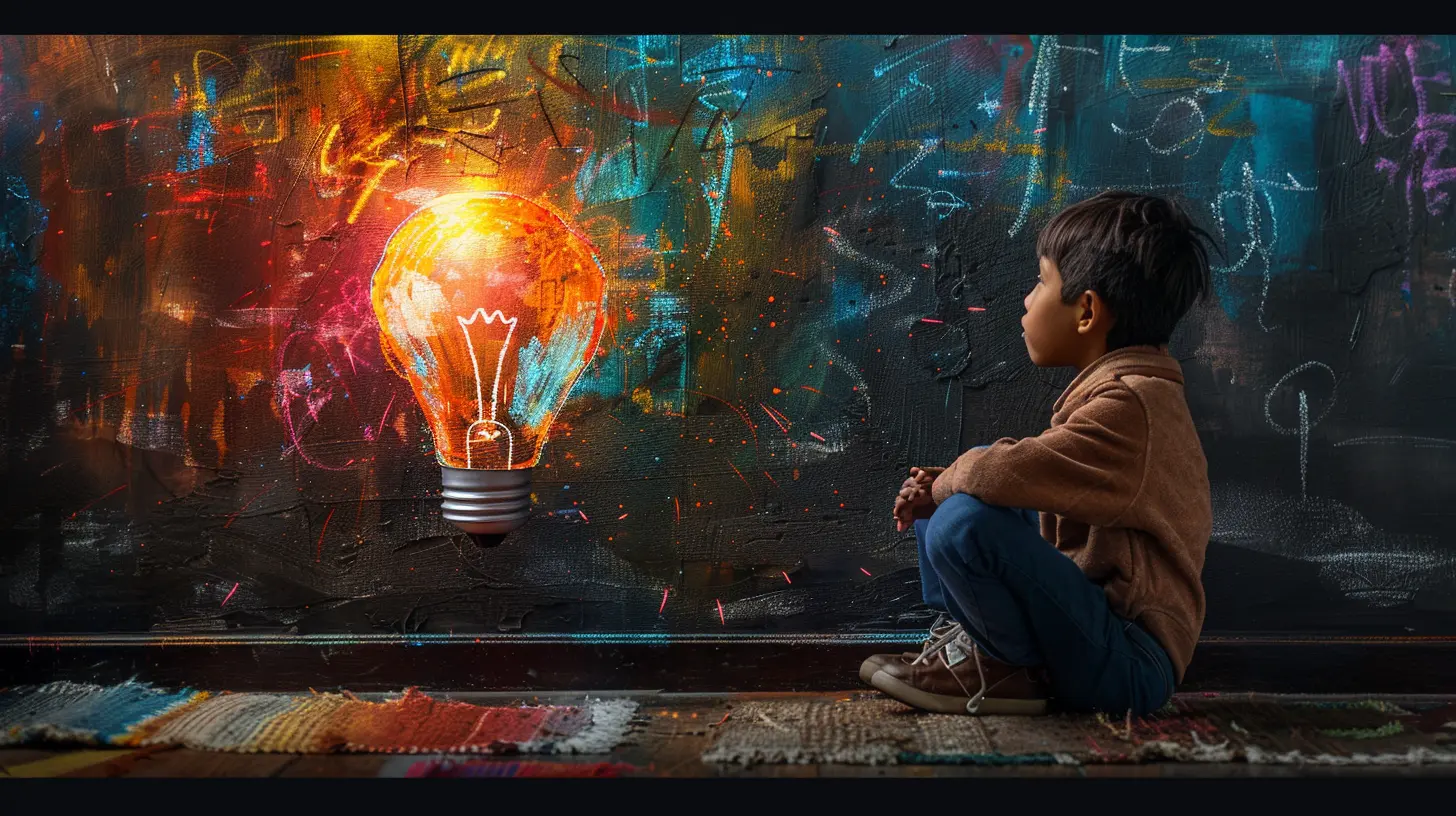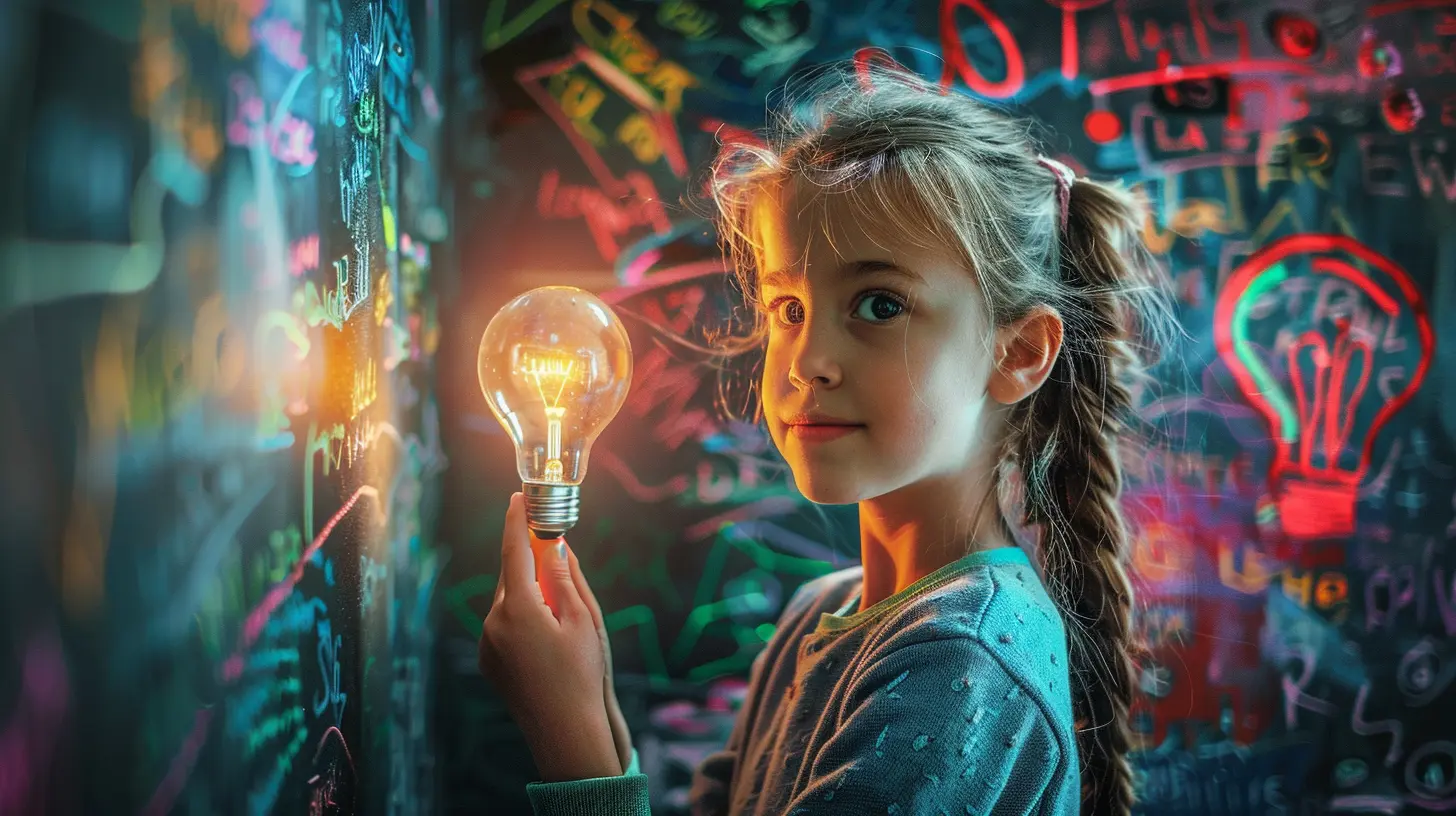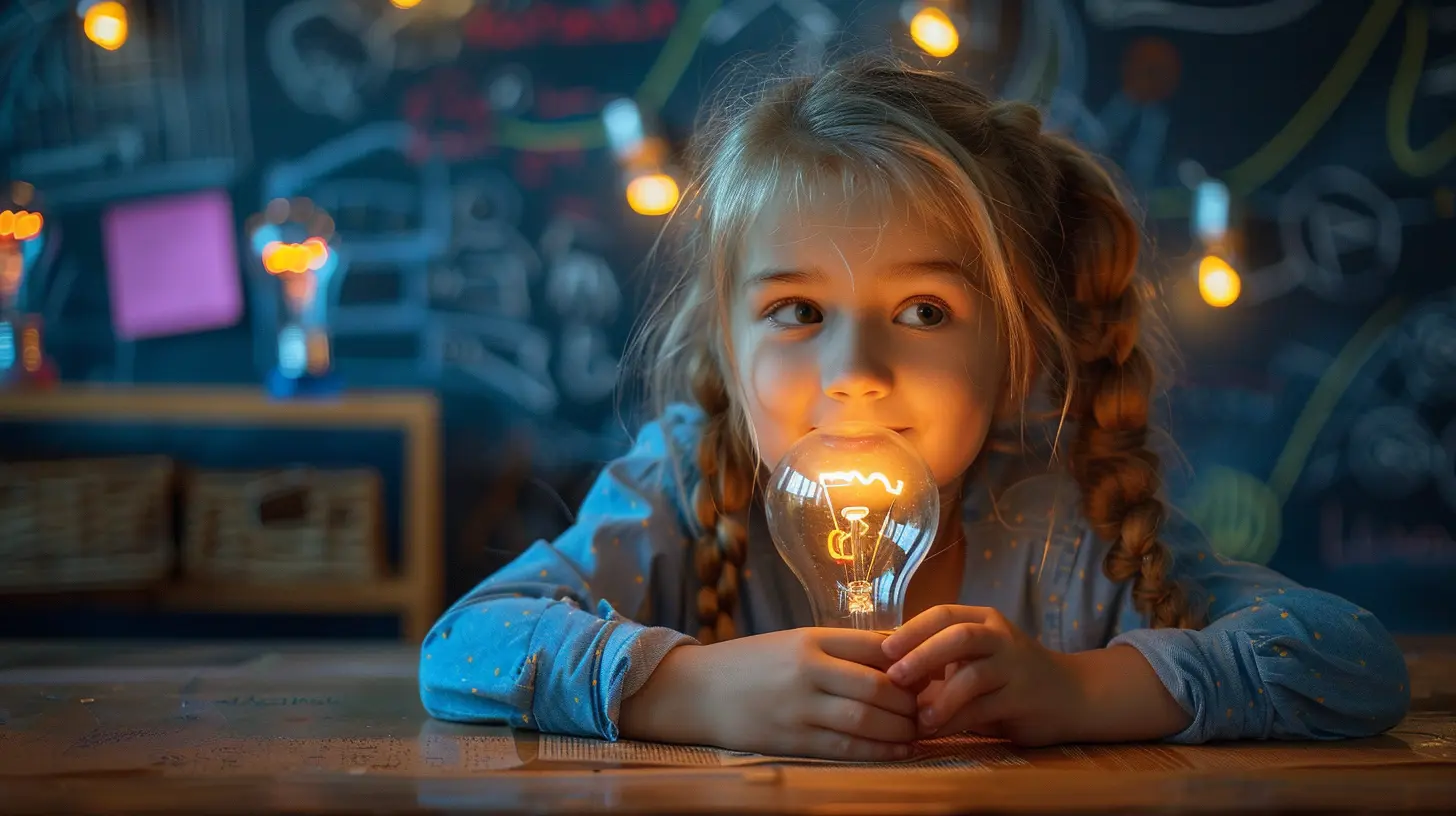Project-Based Learning: Turning Theory into Practice
4 August 2025
Education is evolving, and one of the most powerful ways to make learning truly meaningful is through Project-Based Learning (PBL). Instead of memorizing facts and taking standardized tests, students get hands-on experience by working on real-world projects. Sounds exciting, right? But how do we bridge the gap between theory and practice? Let’s dive in and explore how PBL transforms education into an engaging and practical experience. 
What is Project-Based Learning?
Think back to when you were in school. Did you ever question, “When will I ever use this in real life?” Traditional education often focuses on lectures, rote memorization, and exams. But PBL flips the script.Project-Based Learning is an instructional method where students learn by actively engaging in meaningful, real-world projects. Instead of passively receiving information, they apply what they learn to solve problems, conduct research, and create tangible outcomes.
For example, instead of just reading about climate change, students might create a campaign to educate their community about carbon footprints. They don’t just learn science—they become scientists. 
Why PBL is More Than Just a Trend
You might be wondering, “Is this just another educational buzzword?” Absolutely not! PBL is backed by research and has a profound impact on student learning. Here’s why it’s gaining traction:1. Encourages Critical Thinking and Problem-Solving
In PBL, students tackle real-world problems. They brainstorm, evaluate solutions, and justify their decisions—just like professionals in the workplace. These skills are essential not just in school, but in life.2. Boosts Engagement and Motivation
Let's face it—students are more likely to invest in learning when it feels relevant. When they see the impact of their work, they develop a sense of ownership and motivation naturally follows.3. Fosters Collaboration and Communication
Most PBL projects involve teamwork, teaching students to communicate effectively, manage responsibilities, and work towards a common goal. These are crucial skills in any career path.4. Bridges the Gap Between Theory and Practice
It’s one thing to memorize a formula; it’s another to apply it to solve a real-world issue. PBL ensures students don’t just "know" something—they understand how to use it.
How to Implement Project-Based Learning in the Classroom
So how can educators bring PBL to life? It’s easier than you think! Here’s a step-by-step approach to integrating PBL effectively in any classroom.1. Start with a Driving Question
A strong PBL project begins with an open-ended, thought-provoking question. This question should challenge students and inspire curiosity.✅ Example: Instead of asking “What are different types of energy?” ask “How can we design a sustainable energy solution for our school?”
2. Let Students Take the Lead
Traditional teaching often places the teacher as the knowledge provider, but in PBL, the role shifts. Educators become facilitators, guiding students while allowing them to take ownership of their learning. Give them the freedom to experiment, research, and collaborate.3. Encourage Research and Inquiry
Students should research different perspectives, explore various solutions, and dive deep into the topic. This phase enables them to connect classroom theory with real-world applications.4. Emphasize Hands-on Learning
The magic of PBL lies in the creation process. Whether it’s building a model, designing an app, or proposing a new community initiative, students should actively create something valuable.5. Incorporate Feedback and Reflection
Learning doesn’t stop once the project is “finished.” Encourage students to reflect on their experiences, analyze what worked, and identify areas for improvement. Constructive feedback ensures continuous growth.6. Showcase the Final Product
Presentation is a crucial part of PBL. Have students share their work with the class, school, or even the community. This gives their projects real-world significance and boosts confidence in their abilities.
Real-Life Examples of PBL in Action
Still unsure how PBL looks in practice? Here are a few inspiring examples:🔹 Elementary School: Second graders studying nutrition design a healthy meal plan for their school cafeteria, presenting their findings to the administration.
🔹 Middle School: Students learning about ecosystems develop a proposal for a community garden to promote sustainability in their neighborhood.
🔹 High School: A group of physics students build solar-powered phone chargers and donate them to a local shelter.
🔹 College Level: Engineering students collaborate with local businesses to design cost-effective water purification systems for underserved areas.
Each project immerses students in a real-world problem, making learning both engaging and impactful.
Overcoming Challenges in PBL
Like any teaching method, PBL has its hurdles. But don’t worry—every challenge has a solution!❌ “It Takes Too Much Time”
✅ Solution: Start small. Even a short 2-week project can make an impact. Once you get comfortable with the process, you can expand to larger projects.❌ “My Students Aren’t Used to This Approach”
✅ Solution: Change takes time. Introduce PBL gradually. Offer guidance and structure at first, then slowly give students more autonomy as they gain confidence.❌ “It’s Hard to Assess”
✅ Solution: Use rubrics and reflections instead of just tests. Evaluate students based on problem-solving skills, creativity, teamwork, and final presentations.❌ “Not All Students Participate Equally”
✅ Solution: Assign roles and responsibilities within teams. This way, everyone has a task and contributions remain balanced.Every teacher faces challenges when trying something new, but with thoughtful planning, PBL can be transformational.
Closing Thoughts
Project-Based Learning isn’t just about making school more “fun.” It’s about preparing students for real life. By turning theory into practice, PBL equips learners with critical thinking, collaboration, and problem-solving skills that will serve them well beyond the classroom.So why not give it a try? Introduce a small project and watch how it changes the way students engage, learn, and grow. Education isn’t about memorization—it’s about application. And PBL makes that possible.
all images in this post were generated using AI tools
Category:
Teaching StrategiesAuthor:

Eva Barker
Discussion
rate this article
1 comments
Lindsey Patel
Crafting knowledge, shaping futures through projects.
August 12, 2025 at 3:03 AM

Eva Barker
Thank you! Project-based learning truly empowers students to apply knowledge and create meaningful change.


